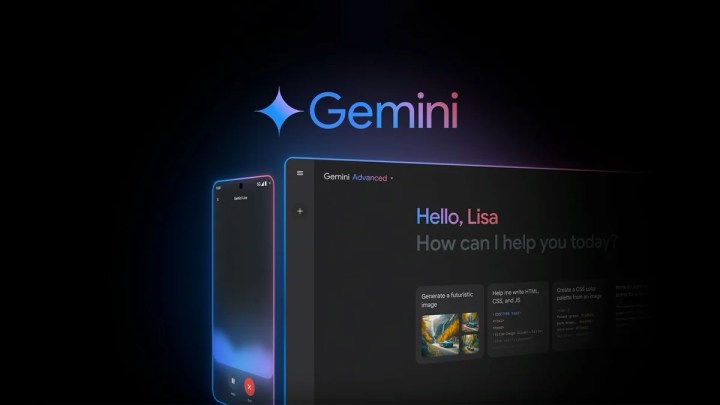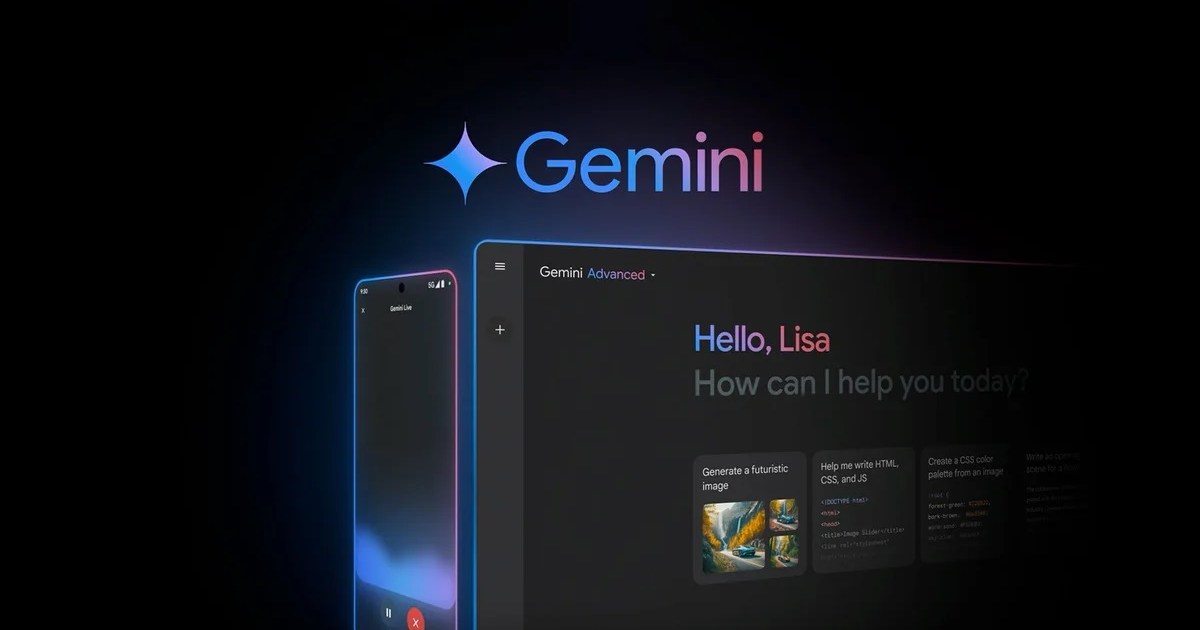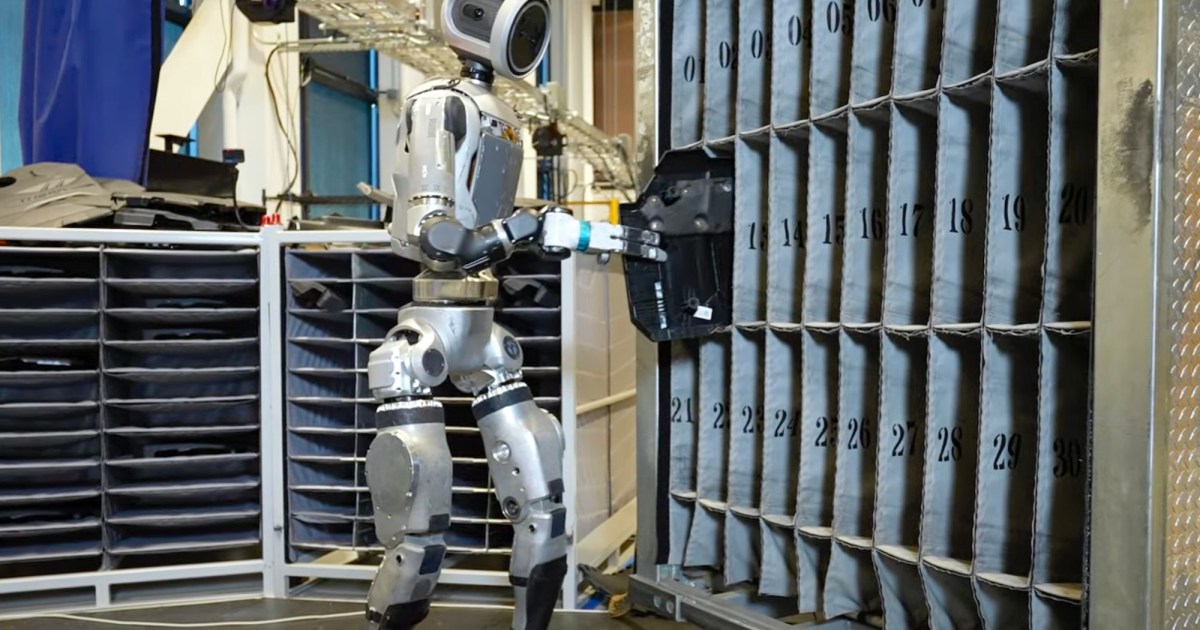 Google's Project Jarvis AI AgentAI agents are rapidly emerging in the generative AI landscape, and Google appears to be developing its own, codenamed Project Jarvis, potentially integrated with a future Gemini large language model (LLM). This AI agent, residing within the Google Chrome browser, promises to execute common tasks through simple user queries or commands, boasting greater independence than existing tools. Its inclusion could represent the most significant Chrome overhaul since its 2008 launch.
Google's Project Jarvis AI AgentAI agents are rapidly emerging in the generative AI landscape, and Google appears to be developing its own, codenamed Project Jarvis, potentially integrated with a future Gemini large language model (LLM). This AI agent, residing within the Google Chrome browser, promises to execute common tasks through simple user queries or commands, boasting greater independence than existing tools. Its inclusion could represent the most significant Chrome overhaul since its 2008 launch.
Project Jarvis: Automating Everyday Tasks
Google’s current Gemini 1.5 Pro, powering the Gemini Advanced chatbot, already demonstrates capabilities as a shopping companion and trip planner. Project Jarvis aims to take this further, handling diverse tasks like visiting websites, completing forms, and processing payments to fulfill user requests. While Gemini 1.5 Pro might plan a $2,000 vacation in December, Project Jarvis could potentially book the flights and hotel, then email the details directly to the user.
Jarvis: “Just A Rather Very Intelligent System”
The codename “Jarvis,” referencing Iron Man’s AI assistant, hints at the ambitious scope of Google’s project, although the official name remains undisclosed. Google has been highlighting AI agent development since its May Google I/O developers conference, emphasizing their potential to process speech and video content and accelerate conversational responses.
Gemini 2.0 and the Future of AI Agents
Project Jarvis is speculated to be part of Google’s next LLM, possibly Gemini 2.0, rumored for an early December announcement. However, its availability remains uncertain. Google’s entry into the AI agent arena follows similar initiatives from other companies. Anthropic’s Claude LLM features the Computer Use agent, currently in beta, allowing independent task completion. OpenAI’s Swarm Framework, a system of collaborative agents, is still in its research and experimental phase.
The Competitive Landscape of AI Agents
 AI Agents ComparisonWhile Google develops Project Jarvis, other players are also exploring AI agents. Anthropic’s Computer Use agent allows their Claude LLM to operate independently as a device user, executing tasks. This feature, however, is currently in beta testing. OpenAI also offers its Swarm Framework, a collaborative system of agents working together to complete tasks, currently in the research and educational experiment stage.
AI Agents ComparisonWhile Google develops Project Jarvis, other players are also exploring AI agents. Anthropic’s Computer Use agent allows their Claude LLM to operate independently as a device user, executing tasks. This feature, however, is currently in beta testing. OpenAI also offers its Swarm Framework, a collaborative system of agents working together to complete tasks, currently in the research and educational experiment stage.
Conclusion: The Potential of Project Jarvis
Project Jarvis could revolutionize how users interact with the web, streamlining tasks and enhancing productivity within the Chrome browser. Its integration with a future Gemini LLM holds the potential to reshape online experiences, from planning and purchasing to information gathering and communication. Though still under development, Project Jarvis highlights the growing importance of AI agents in the evolving landscape of artificial intelligence.











